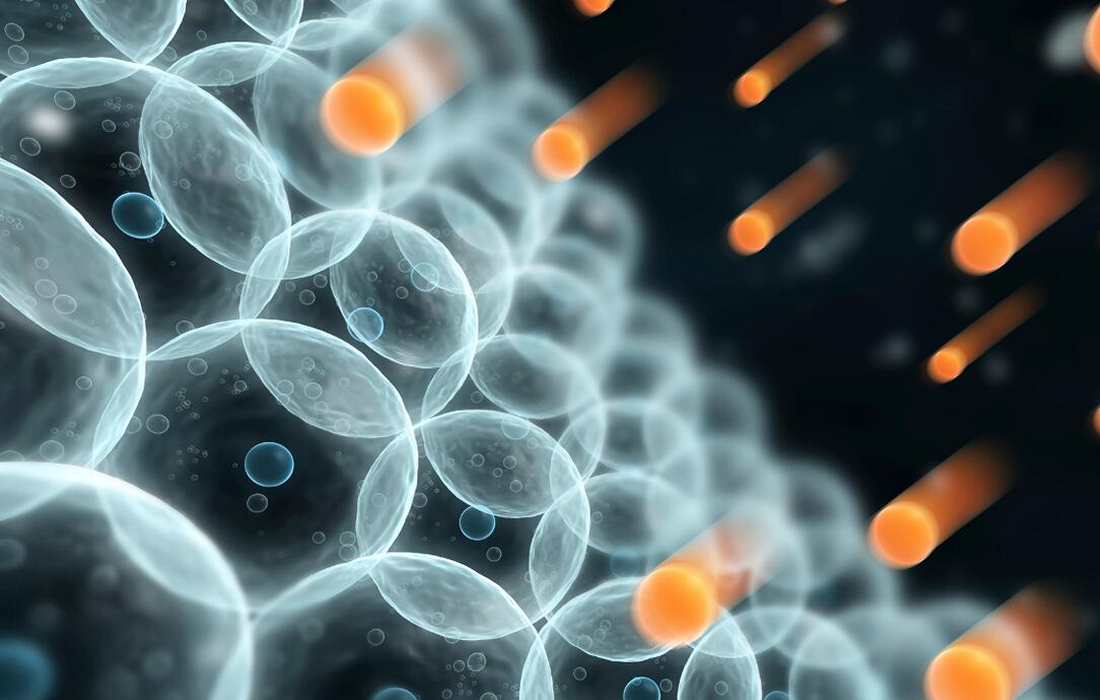Regenerative Medicine News and General Information
Findings in Stem-Cells Could Improve Prevention and Treatment of Inflammatory Bowel Diseases
Reactive oxygen species are highly reactive chemicals formed from oxygen. They serve as prime signals of cellular dysfunction that contribute to diseases. Secretion of reactive oxygen species in the intestine is necessary for maintaining stem cell function and important for wound repair; however, it can cause inflammatory effects as well. The Mount Sinai team found the key transcription factors driving abnormal stem cell changes, suggesting a significant role of reactive oxygen species in maintaining healthy intestines.
Study uncovers mechanisms of reactive oxygen species in stem cell function and inflammation prevention
The research team studied the role of reactive oxygen species and NOX1, the protein used to produce these chemicals, by examining single-cell gene expression in vitro and in vivo in mice models, as well as ex vivo in the form of human intestinal biopsies obtained following routine colonoscopies. They measured the amount of reactive oxygen species and analyzed the gene expression profile of intestine barrier cells from mice and human patients with a subtype of IBD known as ulcerative colitis. Intestine barrier cells cover the intestine surface and help to digest food, absorb nutrients, and prevent the invasion of gut bacteria. The Mount Sinai researchers compared gene expression data in both inflamed and uninflamed colon tissues.
The researchers found that a combination of NOX1, loss of function, which results in decreased reactive oxygen species, plus the presence of a substance known as TNF that causes inflammation leads to an abnormal increase of microfold cells. Microfold cells, also known as M cells, are crucial to regulating gut immune response. The research team found this abnormal increase in M cells, as a result of loss of reactive oxygen species, in stem cells in both the human and mice models. This increase in epithelial M cells drives increased recruitment of immune cells in mice. By treating intestine cells with reactive oxygen species, they were able to reverse the initial defect caused by losing reactive oxygen species during inflammation.
While it’s clear that regulation of oxygen and reactive oxygen species plays a critical role in chronic diseases generally, and IBD in particular, this study provides a major advance in defining the key role of oxygen species in maintaining a healthy epithelial barrier for IBD.
Reactive oxygen specifies released by stem cells are critical in maintaining a healthy gut via maintaining proper balance of intestine barrier cell types.
The researchers encourage further studies, which they said could include direct reactive oxygen species-stem cell modulation therapy to IBD patients in future treatments.
Stem Cell Therapy at Zignagenix
At our clinic we use the same type of stem cells previously mentioned (UC-MSCs) due to their excellent results in different clinical trials and the lack of adverse reactions.
The UC-MSCs derived from Warthon’s jelly are infused intravenously combined with UC-MSCs derived exosomes to increase the efficacy of the therapy. We have treated many patients with gut problems such as IBD with excellent results in the short and long term. Our patients report an improved quality of life due to decreased severity of their symptoms and less exacerbations of their disease.
SOURCE:
Nai-Yun Hsu, Shikha Nayar, Kyle Gettler, Sayali Talware, Mamta Giri, Isaac Alter, Carmen Argmann, Ksenija Sabic, Tin Htwe Thin, Huai-Bin Mabel Ko, Robert Werner, Christopher Tastad, Thaddeus Stappenbeck, Aline Azabdaftari, Holm H Uhlig, Ling-Shiang Chuang, Judy H Cho (October 3 , 2022). NOX1 is essential for TNFα-induced intestinal epithelial ROS secretion and inhibits M cell signatures. British Journal of Medicine, Gut. Retrieved from : https://gut.bmj.com/content/early/2022/09/28/gutjnl-2021-326305
IMAGE:

